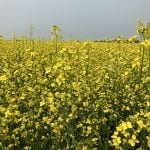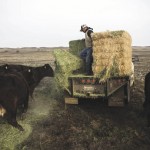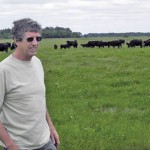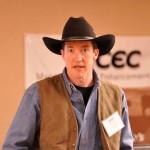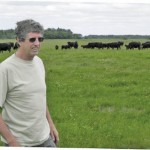If you’re looking for proof that there is no such thing as bad publicity, beef may be a good example. For years it’s been painted as a public health and environmental villain, and recently there were more reports on how bovine frontal and rearward methane emissions are a major source of climate-altering greenhouse gas. All


